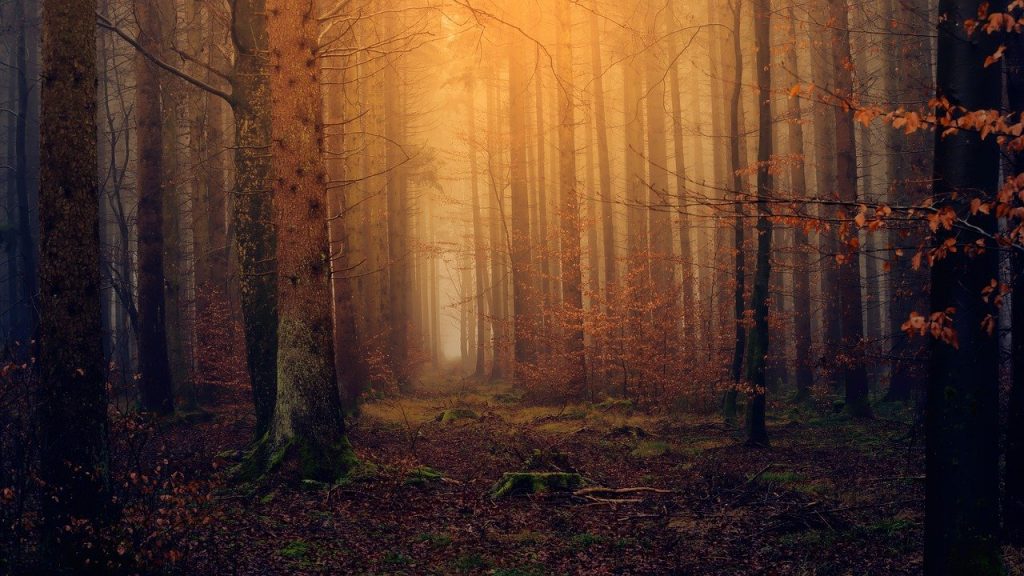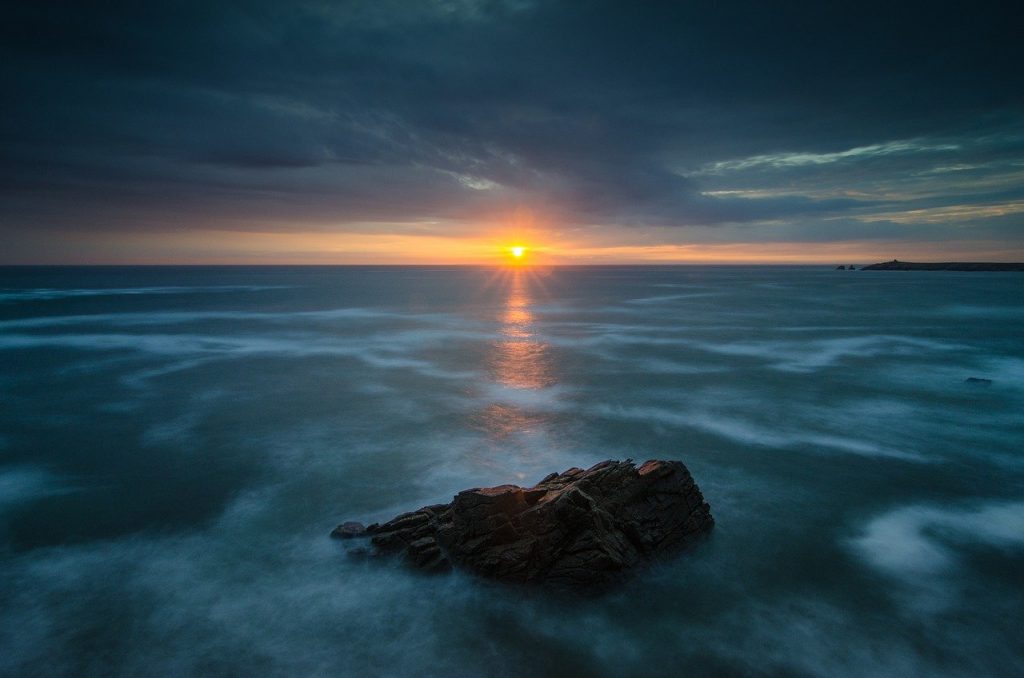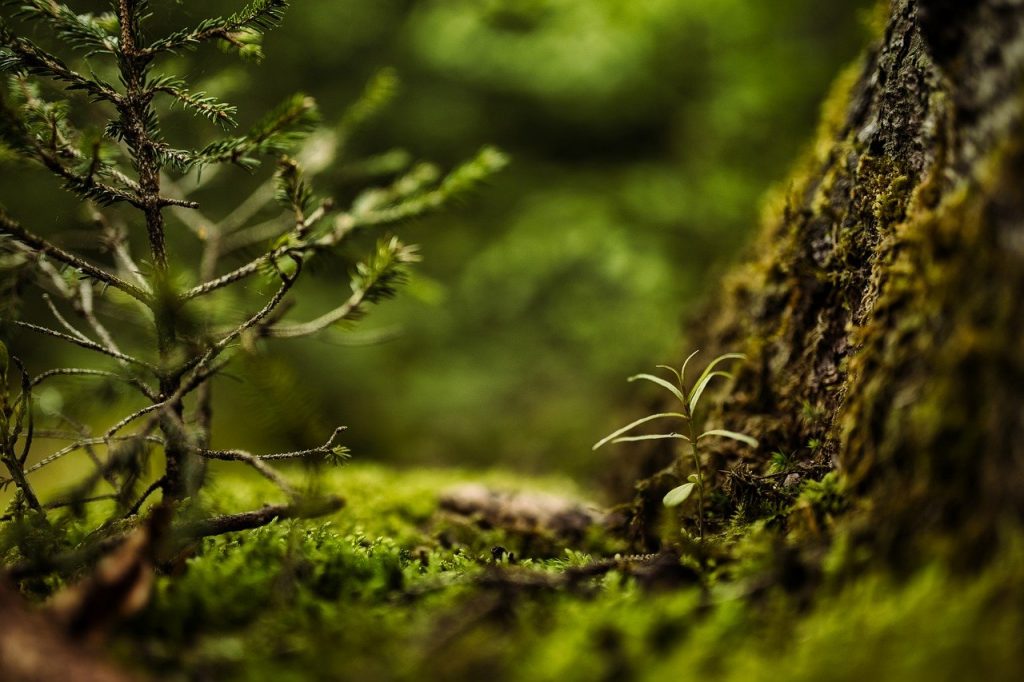LANDSCAPE PHOTOGRAPHY
Landscape photography is a captivating form of visual art that focuses on capturing the beauty and grandeur of natural environments. It involves the careful composition of elements like mountains, rivers, forests, and skies to create visually stunning images. Here are some essential tips and techniques for landscape photography:
## 1. **Scouting Locations:**
– Research and explore potential locations beforehand to find the best spots for capturing striking landscapes. Consider factors like lighting, composition, and accessibility.
## 2. **Golden Hour and Blue Hour:**
– Take advantage of the soft, warm light during the golden hour (shortly after sunrise and before sunset) and the tranquil tones of the blue hour (just before sunrise and after sunset).
## 3. **Use a Tripod:**
– A sturdy tripod is essential for achieving sharp, stable shots, especially in low light conditions or when using slow shutter speeds.
## 4. **Aperture Priority or Manual Mode:**
– Use a smaller aperture (higher f-number) to achieve a deeper depth of field, ensuring that both foreground and background elements are in focus.
## 5. **Leading Lines and Foreground Elements:**
– Incorporate elements like paths, rivers, or rocks to guide the viewer’s eye through the image and add depth to the composition.
## 6. **Rule of Thirds:**
– Divide the frame into thirds both horizontally and vertically. Place key elements along these lines or at their intersections to create balanced compositions.
## 7. **Use of Filters:**
– Graduated Neutral Density (GND) filters can help balance exposure between the sky and the foreground, while Polarizing filters reduce reflections and enhance colors.
## 8. **Experiment with Focal Lengths:**
– Wide-angle lenses capture expansive scenes, while telephoto lenses allow for more detailed, compressed compositions. Choose the right lens for the desired effect.
## 9. **Focus Stacking:**
– For scenes with both near and distant elements, take multiple shots with different focus points and blend them in post-processing for a sharp overall image.
## 10. **Mind the Horizon:**
– Keep the horizon level to maintain a balanced and harmonious composition. Adjust it in post-processing if necessary.
## 11. **Capture Movement:**
– Experiment with long exposures to capture the motion of clouds, water, or other elements, creating a sense of dynamism in your images.
## 12. **Patience and Timing:**
– Wait for the right moment when the light, weather, and elements align to create a compelling composition.
## 13. **Post-Processing:**
– Use software like Adobe Lightroom or Photoshop to enhance colors, contrast, and sharpness. Be careful not to over-edit, aiming for a natural and realistic look.
## 14. **Weather and Atmosphere:**
– Different weather conditions can dramatically affect the mood and atmosphere of a landscape. Embrace changing weather patterns for diverse and unique shots.
## 15. **Tell a Story:**
– Consider the narrative or emotion you want to convey with your photograph. What is the focal point, and what story is being told through the elements in the frame?
## 16. **Respect Nature and Leave No Trace:**
– Avoid damaging the environment while capturing your shots. Follow ethical and environmental guidelines, leaving nature as you found it.
## 17. **Continuous Learning and Inspiration:**
– Study the work of other landscape photographers, attend workshops, and seek new locations to keep evolving your skills and creativity.
Remember, landscape photography is not just about capturing the view, but about conveying the emotion and essence of the scene. Approach each location with an open mind, and let the natural beauty inspire your compositions.




